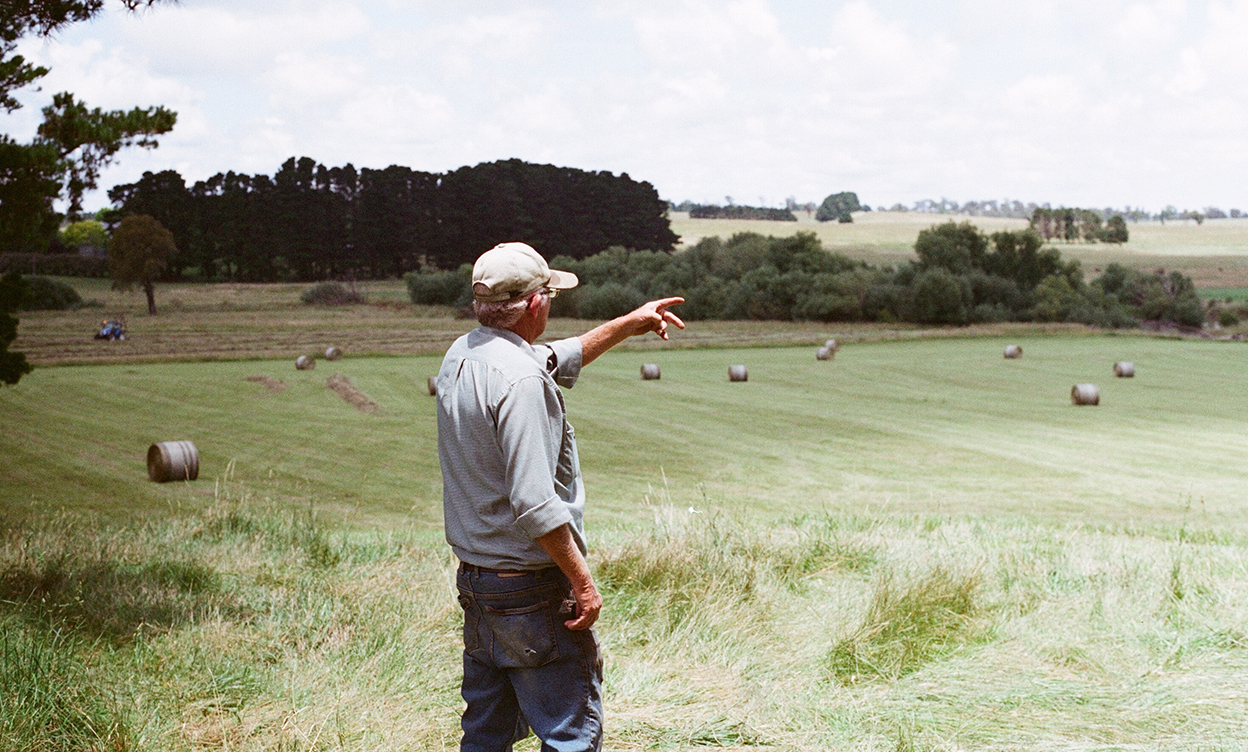
For businesses to recover during uncertain times, it will take a careful balancing act. But if businesses walk the tightrope with confidence they have an opportunity to bounce back stronger than ever.
To create confidence in your business it is time to start thinking about how your business is positioned right now. Are you currently operating as business as usual, are you about to return to business as usual, or are you using this time to strengthen your operations? Most importantly, how are you going to ensure your business is in the best possible position for success?
Stop, reflect and learn
The pressures of day-to-day business life cause people to continuously push on without stopping to collect their thoughts. However, through periods of great uncertainty, change or crisis, businesses are forced into a position where they need to transform the way they operate. Once a business has survived an immediate crisis and it has stabilised, it is important to stop, reflect and consider the lessons learnt.
The lessons learnt could include:
- What “luxury” expenses can you do without? For example, is interstate travel for a half-day meeting necessary or can you achieve the same outcome in the future with a video call?
- Was there too much reliance on one employee, supplier or customer? Could you diversify your customer and supplier base and cross-train your people to create more sustainable operations?
- What can you do differently to improve your business going forward?
Transforming the way businesses operate often leads to better outcomes for employees, customers, operations and profitability.
Review of business purpose
When was the last time you considered your business purpose? Often periods of market change and crisis cause businesses to lean on their purpose to sustain themselves through the tough period.
Those that are in business for a pure monetary objective ultimately fail, while those that are driven by a purpose or mission thrive. For example, look at what happened in the post-GFC era, companies like Apple, Tesla and Atlassian created a solid platform for future growth while companies like Lehman Brothers… well, you know the rest of the story.
While reviewing your business purpose consider:
- What is your:
- Vision
- Mission
- Strategy
- Values
- How did the period of uncertainty, crisis or change your business went through impact your business’s purpose? Do you need to reassess your purpose?
- Are your people aligned to your business’s vision, mission, strategy and values?
Do you have the right capability?
Once you have clarity on your lessons learnt and your business mission, have you considered your capabilities? The most successful recoveries over the past decade have occurred in those companies that have had the capability to be agile. For example, Qantas recovered from the GFC of 2008/2009 and a fleet grounding with a strong financial position. Why? Despite its size, Qantas has always maintained a flexible approach to crisis, ready to respond at a moment’s notice.
Have you considered the following to achieve your mission?
- The skills of your people – did you retain the people you needed or lay them off during the crisis? Do you need to find the new skills to lead your business into the future?
- Your technological capability and agility – do you need to implement new systems?
- The impact that people and technology have on each other.
Is your business flexible and adaptable to change?
Flexibility and autonomy are critical for a business to adapt to rapid changes. A business must adjust its structure to fit new economic realities while balancing strategic business objectives.
Consider the following:
- Is your current organisational and corporate structure really suited to your business?
- Do you trust your people to make quick decisions that impact the business?
- Do you have an organisational structure that enables quick and effective decision making, or is your business caught up in a tall bureaucracy with key-person decision making dependency?
- Is your corporate structure simple to navigate with appropriate asset risk protection? Or are you in a corporate structure that is difficult to understand, resulting in great asset protection, but slow responses to a rapidly changing environment?
- Has your organisational structure evolved as the business has grown? Is it still efficient?
- Do you have excessive specialisation in your organisational structure or conversely too many generalists?
- Should you consider a dynamic and creative model with a project-based structure?
When considering all of the above, remember that agility is critical in a rapidly changing environment.
What are your next steps as a business leader?
- Reflect on key learning and implement changes to make your business stronger for the future.
- Review or develop your business vision, mission, strategy and values with your people, ensuring buy-in and action at all levels of the business.
- Review your business, people and technology capabilities to ensure you have flexibility to achieve your vision and mission.
- Review and update your organisational structure to ensure you have agility and autonomy in your business model to enable an adaptive approach to change.
- Review your corporate structure to ensure it balances the need for asset protection and simple interpretation to assist in quick corporate level decision making.





